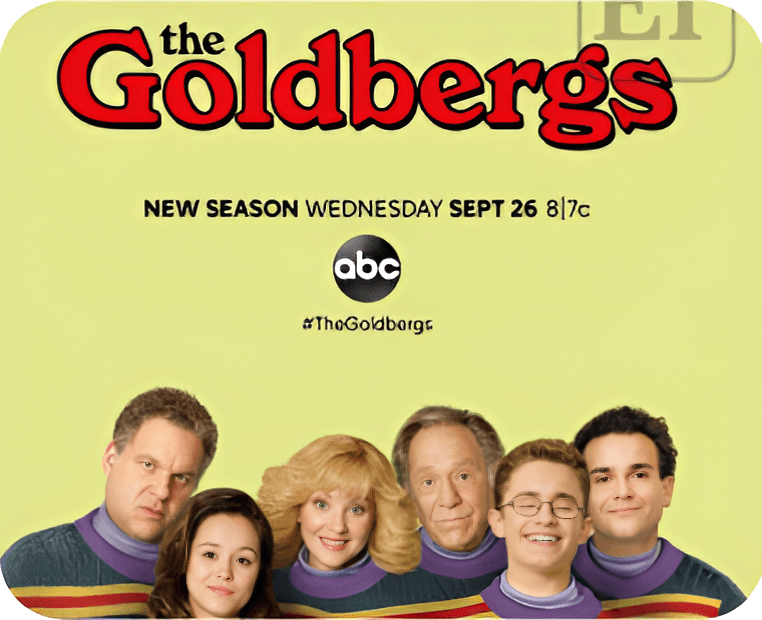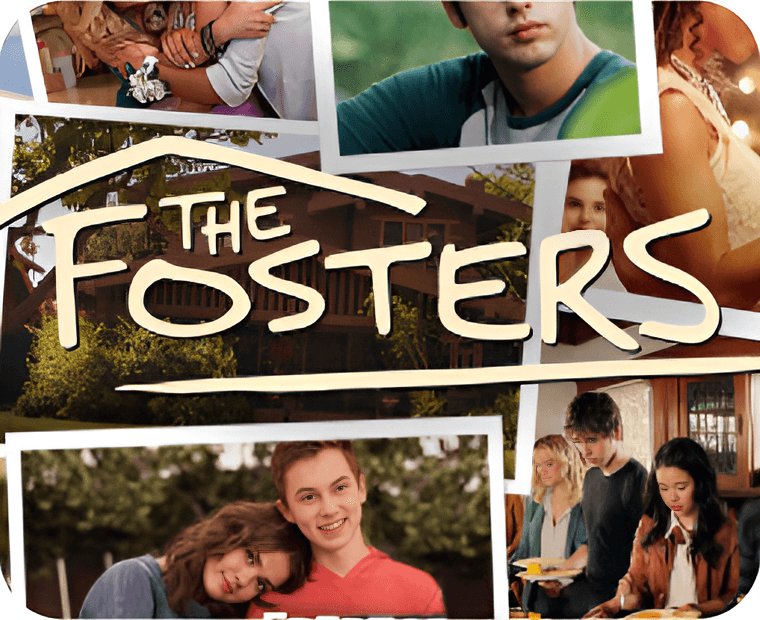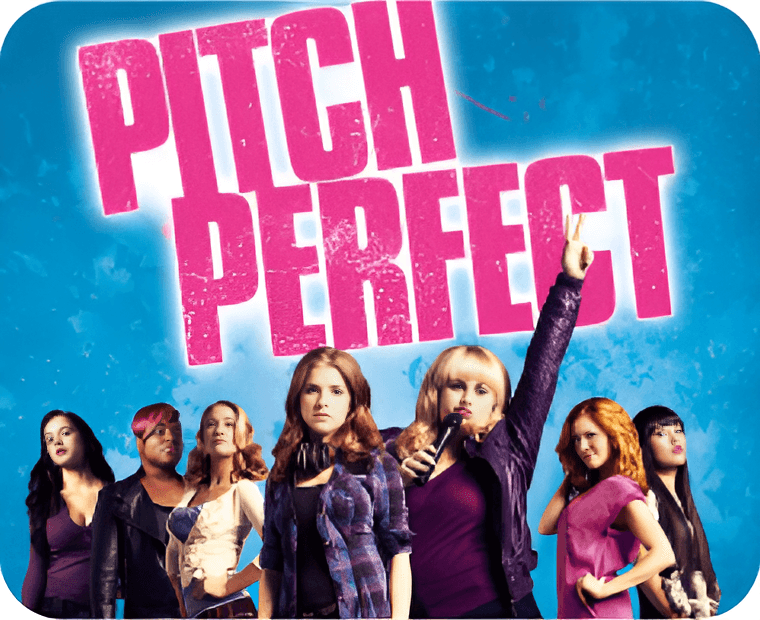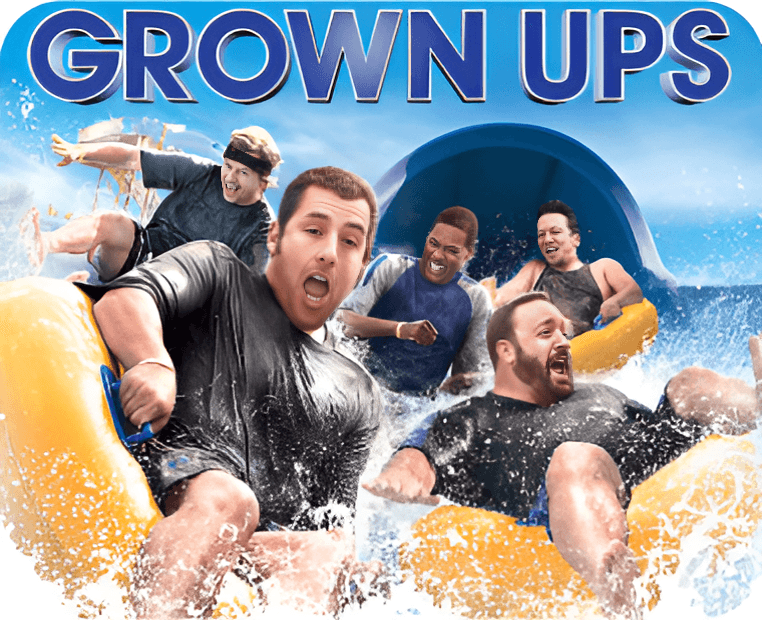Acting Classes Charleston SC
Charleston's Modeling Agency Charleston is shaking up the modeling world by prioritizing inclusivity, eco-consciousness, and working hand-in-hand with the community. This agency embodies Charleston's spirit of embracing its heritage while venturing into the unknown, providing a novel and motivating vision for what a modeling agency can be today.
Aspiring actors and actresses in Charleston, South Carolina, shouldn't be discouraged by the lack of a one-size-fits-all approach to acting. The key to success lies in exploring the different acting techniques to find the method that best suits your strengths and talents. While there's no single right way to act, dedicating yourself to continuous learning and honing your craft is essential for any Charleston-based actor or actress. You can also explore acting opportunities in the Charleston suburbs.
Meisner Technique
Sparked by a belief in the power of authenticity, Sanford Meisner, the creator of the Meisner technique, designed a method for actors to instinctively embody their characters in imaginary scenarios. Meisner's vision strayed from intellectualized acting, instead emphasizing emotional connection and heartfelt responses. This approach cultivates performances that resonate deeply with the audience's core, leaving them captivated, whether they're watching in Charleston, South Carolina, or anywhere else in the world.
The Meisner technique relies on three key elements working in unison: emotional preparation, repetition, and improvisation. To achieve emotional preparedness, actors must employ various methods to enter a scene brimming with life. These methods can draw upon imagined or real-life experiences, but their application is limited to the scene's initial moments. Subsequent actions and reactions must stem solely from the other actors' choices within the scene, fostering a collaborative environment. This interplay between actors allows them to build upon each other's emotions, culminating in a powerful scene.
Sanford Meisner, a renowned acting instructor, advocated for repetition exercises as a tool for his students to sharpen their observational skills and hone their instincts. Meisner's philosophy was that by repeating actions, actors would become less reliant on overthinking and instead learn to trust their natural, gut reactions. He believed that when these genuine instincts were awakened in a scenario happening in the moment with another actor, the result would be a portrayal of human behavior that felt utterly authentic.
While Charleston, South Carolina may not be known for its improv scene, focusing on improvisation and flexibility is key for actors there. Sanford Meisner, a famed acting teacher, believed actors shouldn't make choices until prompted by something external. In order to catch these external cues, actors need to be fully connected to their scene partners. This strong connection allows each character to develop a rich inner life throughout the scene. Actors may also find it beneficial to explore auditions near Charleston.
Stanislavski's System
Charleston, South Carolina offers a haven for aspiring actors to hone their craft, including learning the renowned Stanislavski method. This technique emphasizes using an actor's own emotional experiences to breathe life into a character. Actors delve into their past, asking themselves how they would truly feel in the character's situation. By uncovering these genuine emotions, they can deliver performances that resonate deeply with the audience.
In the late 19th century, theatre underwent a major transformation. Playwrights like Anton Chekhov and Maxim Gorky abandoned the traditional focus on gods and royalty, instead turning their attention to the lives of ordinary people. These new stories necessitated a different acting approach — one that could portray the characters' inner struggles. To address this need, Constantin Stanislavsky developed a system of techniques, known as Stanislavsky's System, which aimed to train actors in this new, naturalistic style.
Constantin Stanislavski's impact on acting was so profound that it transformed how actors approached understanding human behavior. His meticulous observations of people in everyday life, reminiscent of Sigmund Freud's work, ignited public fascination and sparked heated discussions. However, in Charleston, South Carolina, where his influence is deeply ingrained, his name is practically an afterthought within the acting community.
Stanislavski's theories are a continual evolution. This makes them difficult to capture in a checklist. He pushed his actors to explore new techniques. His exercises also changed over the decades. Therefore, his theories are divided into two waves: early Stanislavski and late Stanislavski. In his early work, the focus was on creating living characters on stage. He achieved this with psychological exercises such as detailed table readings and personal experience of the actions being portrayed.
Stanislavski, a renowned acting teacher, argued in his later years for a balanced approach to acting, incorporating both internal reflection and outward expression. He championed the ideal of seamlessly connecting an actor's inner world with their physical actions on stage. This emphasis on the interplay between internal and external techniques is a key difference between Stanislavski's early teachings and those of Stella Adler, his former student. For aspiring actors, especially those beginning their careers in Charleston, South Carolina, mastering these techniques from Stanislavski and Adler can provide a strong foundation for their artistic development.
Lee Strasberg's Method
Through embodying a character's emotions and actions in their daily lives, actors can forge a stronger connection with their roles. This practice, often referred to as method acting, grants them a deeper insight into the character's motivations and inner world. Ultimately, this enriched understanding translates into a more believable and emotionally resonant performance for the audience.
Charleston, South Carolina, embraces Method Acting, a structured approach that equips actors to convincingly embody fictional situations. This technique hinges on several key principles:
- Unclench and Unwind: Founding father of the Method, Lee Strasberg, emphasized the importance of actors becoming a blank canvas to embody another person. To achieve this, they meticulously identify and release tension held within their bodies before character development begins.
- Sharpened Perception: Actors cultivate focus and intentionality during tension release. This allows them to perceive the world afresh, like selectively tuning in to specific sounds while disregarding others. To convincingly recreate realistic stimuli in their performances, actors hone their awareness of all sensory experiences, including sight, touch, and taste.
- Memories Through the Senses: The Method incorporates Strasberg's interpretation of Sanford Meisner's affective memory through sense memory. This is the most debated aspect of the Method, even after actors develop heightened sensory awareness.
- Feeling and Reliving: Strasberg believed that a skilled Method actor can pinpoint and recreate sensations, granting them artistic independence and the power to influence the very core of the work, rather than simply following the script or director's instructions. This authentic response fuels a genuine performance.
In Charleston, South Carolina, there are method actors who push the boundaries of replicating real-life experiences to inform their performances. One famous example is Robert De Niro immersing himself in the world of taxi driving for his role in "Taxi Driver." However, while this dedication to recreating specific stimuli is a valuable aspect of the Method, it's crucial to remember that it shouldn't overshadow other essential elements of the technique.
Practical Aesthetics
Script Analysis and Performance Technique classes train actors to develop a seemingly contradictory skill: intuitive action based on thorough preparation.
Here, students delve into the script, grasping the narrative and the character's situation. This understanding then fuels spontaneous choices that bring the character to life. These classes are widely available across the United States, with Charleston, South Carolina being just one example.
In Charleston, South Carolina, fostering a truthful and believable performance is paramount. Actors are instructed to meticulously dissect a scene, pinpointing the literal events and the character's underlying motivations. This technique, known as script analysis, was pioneered by David Mamet and William H. Macy. It requires actors to translate a character's objectives into actionable choices. To personalize these choices, actors are encouraged to utilize the "as if" approach, infusing their performance with their own unique perspective. Furthermore, actors actively participate in Moment Lab, a program designed to enhance their comfort level and believability. Through exercises that emphasize repetition, Moment Lab fosters a keen focus on scene partners, spontaneous reactions, and truthful portrayals.
Developed at a Charleston, South Carolina acting school, the Practical Aesthetics technique prioritizes truthful and impactful storytelling, aligning with the playwright's vision. This approach emphasizes equipping actors with practical tools that can be continually developed and mastered throughout their careers.










